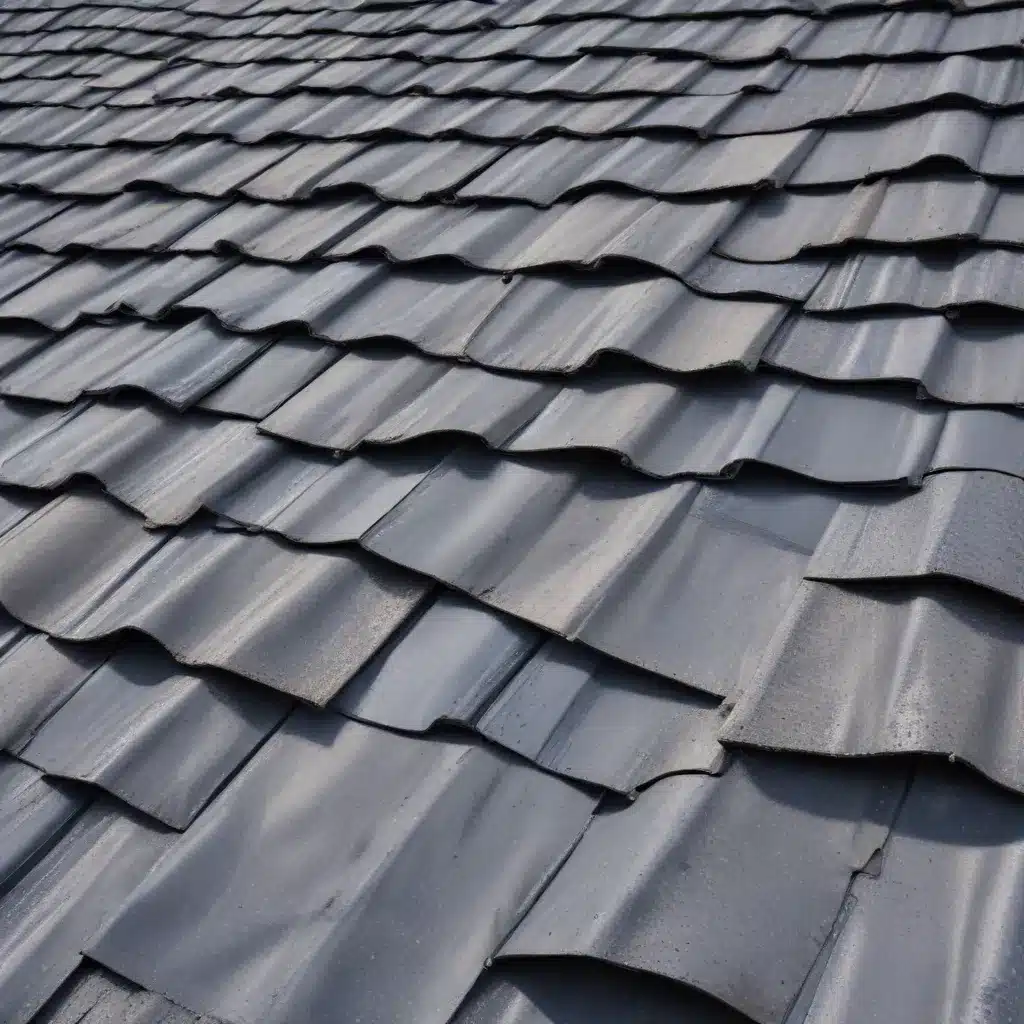
The Sustainable Roofing Revolution: Harnessing the Power of Recycled Plastics
As environmental awareness continues to grow, homeowners and roofing professionals alike are seeking innovative solutions to reduce the industry’s carbon footprint. One such groundbreaking development is the use of recycled plastic waste in the production of roofing membranes. This eco-friendly approach not only enhances the durability and performance of roofing systems but also contributes to a more sustainable future.
Understanding the Benefits of Recycled Plastic Roofing
Roofing membranes made from recycled plastic offer a range of advantages that make them an increasingly attractive option for homeowners and contractors alike. Let’s explore the key benefits:
Enhancing Durability and Lifespan
Recycled plastic roofing membranes are designed to withstand the rigors of weather, UV radiation, and other environmental stressors. By incorporating recycled plastic, these materials demonstrate superior tensile strength, tear resistance, and overall longevity, often outlasting traditional roofing options by 20-30 years or more. This extended lifespan translates to fewer roof replacements and a reduction in overall waste generation.
Improved Thermal Efficiency
Recycled plastic roofing membranes can incorporate reflective pigments or coatings that enhance their ability to deflect solar heat. This “cool roof” effect not only reduces the amount of heat absorbed by the building but also helps to mitigate the urban heat island effect, contributing to lower energy consumption and decreased cooling costs for homeowners.
Reduced Environmental Impact
The use of recycled plastic in roofing membranes is a significant step towards a more sustainable construction industry. By diverting plastic waste from landfills and repurposing it into high-performance roofing materials, the environmental burden is significantly reduced. Additionally, the manufacturing process for these recycled plastic roofing systems often consumes less energy and generates fewer greenhouse gas emissions compared to traditional roofing production.
Enhanced Aesthetic Appeal
Advancements in manufacturing techniques have allowed recycled plastic roofing membranes to mimic the appearance of traditional roofing materials, such as asphalt shingles or metal tiles, without sacrificing their sustainable attributes. This provides homeowners with the opportunity to choose an eco-friendly option that seamlessly integrates with their home’s architectural style.
Overcoming Challenges: Advancing Recycled Plastic Roofing Technology
While the benefits of recycled plastic roofing are compelling, the industry has faced some challenges in its widespread adoption. However, with ongoing research and innovation, these obstacles are being addressed:
Improving Recycling Infrastructure
One of the primary hurdles has been the availability and consistency of high-quality recycled plastic feedstock. To overcome this, industry leaders are working closely with waste management companies and municipalities to enhance recycling infrastructure and increase the supply of suitable plastic waste.
Optimizing Manufacturing Processes
Researchers are continuously refining the manufacturing processes for recycled plastic roofing membranes, focusing on improving efficiency, cost-effectiveness, and product performance. This includes exploring new blending techniques, developing advanced formulations, and implementing quality control measures to ensure the consistent production of durable, high-performing roofing materials.
Educating Consumers and Contractors
As with any emerging technology, there is a need to raise awareness and educate both homeowners and roofing professionals about the benefits and applications of recycled plastic roofing. Continuous outreach, industry partnerships, and demonstration projects are helping to increase the adoption of these sustainable roofing solutions.
Integrating Recycled Plastic Roofing into Your Sustainable Roofing Strategy
When considering a roofing project, homeowners and contractors should evaluate the potential of recycled plastic roofing as part of their sustainable building strategy. Here are some key factors to consider:
Assessing Compatibility and Performance
Carefully review the technical specifications and performance data of recycled plastic roofing membranes to ensure compatibility with your home’s structural requirements and local climate conditions. Work closely with experienced roofing professionals to identify the most suitable products and installation methods.
Exploring Incentives and Rebates
Many local and national programs offer incentives, rebates, or tax credits for the installation of energy-efficient and environmentally-friendly roofing systems. Research these opportunities to offset the initial investment and maximize the long-term savings associated with recycled plastic roofing.
Prioritizing Maintenance and Longevity
Proper maintenance and regular inspections are crucial to ensuring the longevity and optimal performance of recycled plastic roofing. Develop a proactive maintenance plan and partner with reputable roofing contractors who have the expertise to maintain these specialized systems.
The Future of Sustainable Roofing: Embracing Recycled Plastic Solutions
As the roofing industry continues to evolve, the incorporation of recycled plastic waste into roofing membranes represents a transformative step towards a more sustainable built environment. By harnessing the power of these innovative materials, homeowners and roofing professionals can contribute to a greener future while enjoying the benefits of enhanced durability, energy efficiency, and environmental stewardship.
To explore the possibilities of recycled plastic roofing for your home or project, visit our website or contact the experts at Roofers in Northampton. We are committed to guiding you through the selection, installation, and maintenance of these cutting-edge sustainable roofing solutions.
Conclusion
The integration of recycled plastic waste into roofing membranes is a game-changing development in the pursuit of a more sustainable built environment. By capitalizing on the exceptional durability, thermal efficiency, and reduced environmental impact of these innovative materials, homeowners and roofing professionals can make a meaningful contribution to a greener future. As the industry continues to evolve, the widespread adoption of recycled plastic roofing will undoubtedly play a pivotal role in advancing the sustainable roofing revolution.

